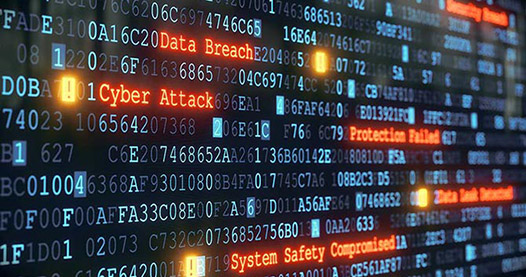Creating Resources for Resilience with Cable Broadband Data in New NREL Project

Scientists at the National Renewable Energy Laboratory (NREL) are tuning in to cable TV, and not on their off time. Cable broadband lines span approximately 95% of homes across the United States, running side-by-side with power lines and carrying data that support power system operations. NREL has initiated a project that unites these two vast networks, focusing on communications and power quality, to achieve high-speed resilience monitoring for the electric grid.
The project’s outcome will be a visualization tool called Situational Awareness of Grid Anomalies (SAGA), which began development this past month following the announcement of a 3-year, $3 million project funded by DOE’s Office of Cybersecurity, Energy Security, and Emergency Response.
The goal of SAGA is to visualize grid events, particularly ones that occur across utility footprints, and train computers to classify them, all in near real time. This is possible through the incorporation of data supplied by Gridmetrics, which aggregates data from cable broadband networks, and includes 5-minute, low-latency measurements of voltage from neighborhood-level sensors—an extreme improvement in resolution over existing county-level resilience tools. The Gridmetrics data is being provided in partnership with CableLabs, a nonprofit research and development lab funded by the cable industry.
NREL is meshing the CableLabs data with geographic information, weather data, electric grid models, and utility metering to create the high-speed grid visual analytics platform for monitoring and inspecting the data. On top of that platform, NREL will build applications for deeper analyses and customization to allow operators to examine relationships between cyber and energy events.
SAGA will be used primarily for cyber-physical anomaly detection, whether from cyberattacks or weather-related events. Users will improve the platform’s automatic classification of events by interacting with the visual interface and labeling events. NREL’s expertise in cyber analytics will also help teach the SAGA platform how to detect anomalous activity, whether from empirical data or scenario-based simulations.
Throughout SAGA’s testing, NREL will use SMART-DS, an NREL-developed tool that creates synthetic distribution system data sets, as well as the Energy Systems Integration Facility’s high-performance computing center for visualization and machine learning of large data sets.
CableLabs will help license SAGA upon completion. SAGA will operate as a visual, interactive control room resource that can be continually built out with improvements in grid data and event analysis.
Last Updated May 28, 2025
